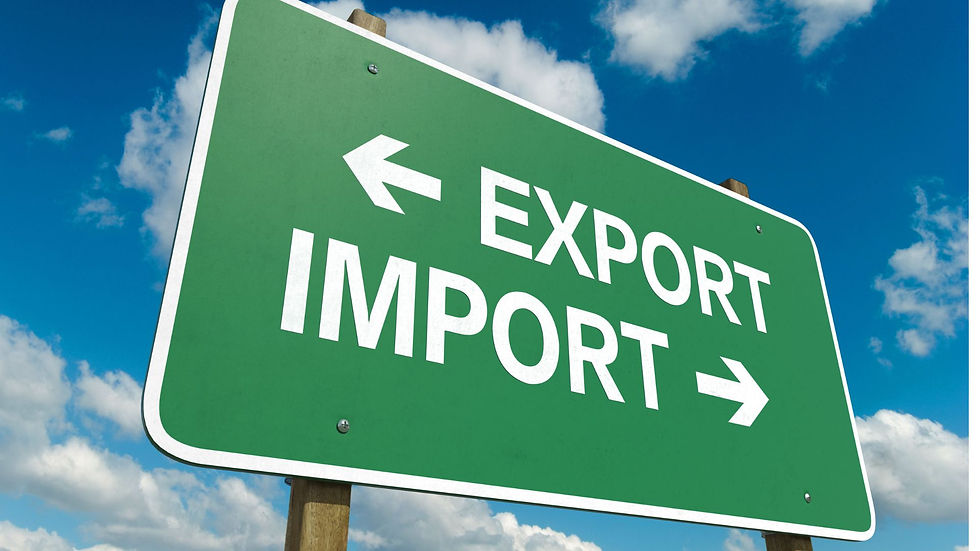Why Pangasius from Vietnam Is Gaining Global Popularity — And How to Source It Safely
- CMDX Global

- Jun 24
- 2 min read
Updated: Jun 25
Known for its mild flavor, affordability, and versatility, pangasius (also called basa) is quickly becoming a staple in the frozen seafood category. As of 2025, Vietnam remains the world’s top exporter of pangasius — with rising demand in the US, Europe, Africa, and the Middle East.
But as demand grows, so do the risks: inconsistent glaze levels, mislabeling, and poor cold chain practices can turn a low-cost fish into a high-risk import.
In this guide, we’ll explain why pangasius is on the rise — and how smart importers source it safely and profitably.
✅ 1. What Is Pangasius — And Why Is It So Popular?
Pangasius (Pangasius hypophthalmus) is a freshwater white fish farmed extensively in the Mekong Delta. It's prized for:
Soft, boneless fillets
Neutral taste (ideal for foodservice and mass retail)
Affordable pricing compared to cod, tilapia, or haddock
Excellent yield when cooked or processed
It’s also highly adaptable to value-added formats: breaded, marinated, portioned, etc.
💡 CMDX offers multiple spec options for pangasius fillets, including 60–90g, 90–120g, and 120g+, tailored to regional preferences.
✅ 2. Top Markets for Vietnamese Pangasius in 2025
CMDX ships pangasius to all four markets — with documentation tailored for local compliance.
✅ 3. Risks When Sourcing Pangasius (And How to Avoid Them)
⚠️ Common Issues:
Excessive glazing (up to 40% in some markets)
Species substitution or mislabeling
Inconsistent fillet sizing or excessive trimming
Improper cold chain management
Incomplete export documents (EU catch cert, CO, Health Cert)
✅ How to Source It Safely:
Work only with EU/FDA-approved processors
Confirm net weight after glaze
Always request lot traceability and processor ID
Conduct pre-shipment inspections or receive packing photos
Use partners that offer real-time shipment tracking
CMDX offers full documentation support, including health certs, FDA Prior Notice, EU labeling compliance, and optional 3rd-party inspections.
✅ 4. Key Pangasius Specs to Confirm Before Ordering
CMDX will help you select specs based on your market — whether that’s institutional foodservice or frozen food retail.
✅ 5. Why CMDX Is a Trusted Pangasius Partner
Unlike typical exporters, CMDX is a US-based company with boots on the ground in Vietnam and EU logistics in Rotterdam. That means:
Faster communication
Western-level transparency
Reliable compliance
Access to product kits, pricing, and trial orders before committing to full containers
Download the full CMDX Seafood Product Kit 2025 to explore available specs, packaging formats, and export documentation.
Final Thoughts: The Right Pangasius Supplier Is Your Competitive Advantage
Vietnamese pangasius isn’t just a low-cost fish — it’s a globally in-demand product. But not all suppliers are equal. When sourced properly, pangasius can become a high-margin, low-risk category winner in your frozen food portfolio.
Looking to import pangasius in 2025? Contact CMDX for pricing, spec samples, and a sourcing plan built around your market.



Comments